What Is An Asteroid? Asteroids Made Of
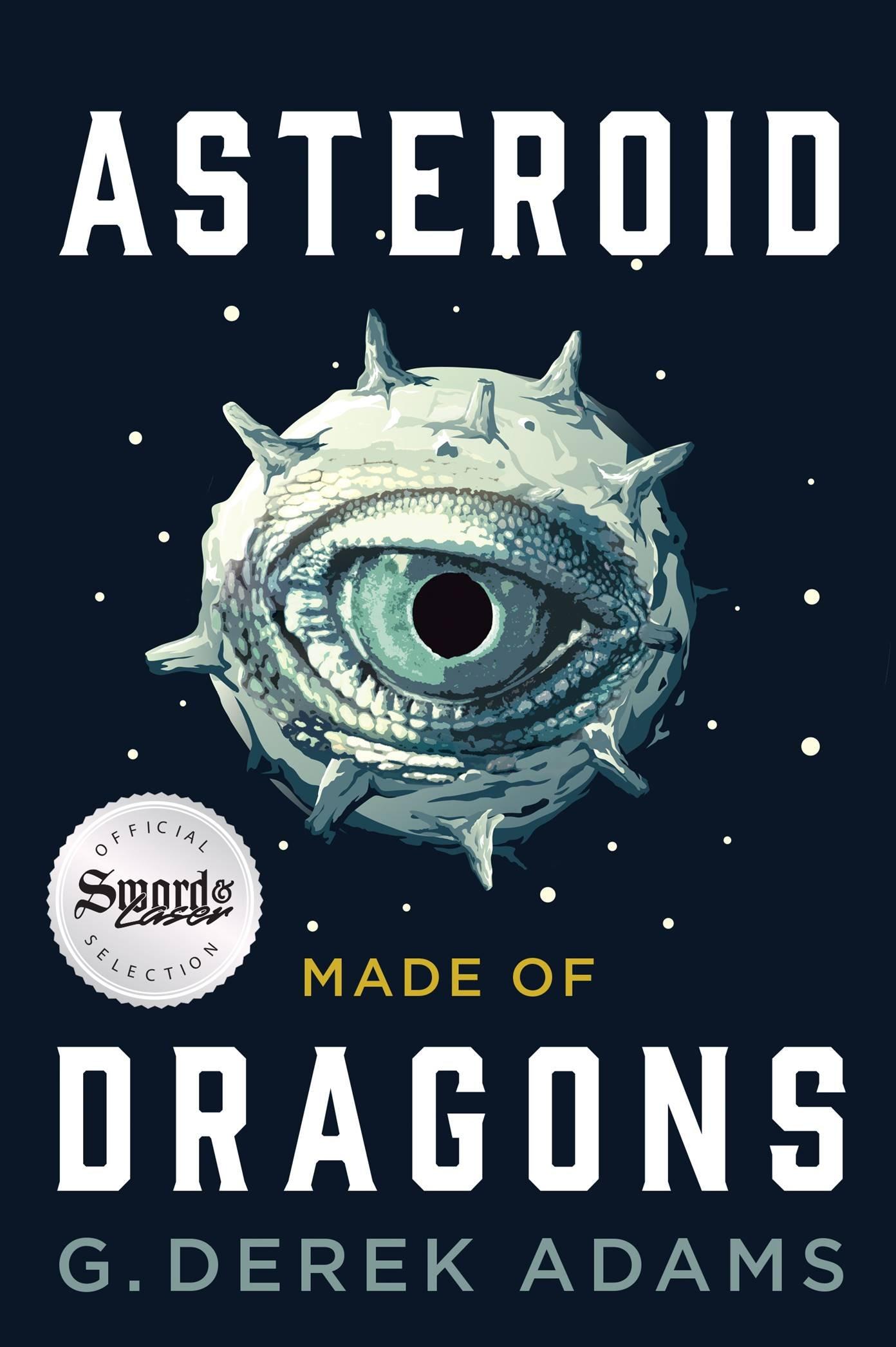
An asteroid is a small, rocky body orbiting the Sun. It’s too small to be called a planet, and most asteroids are not round like planets. Although they vary in shape, size, and composition, nearly all are rough, lopsided, and pocked with craters.
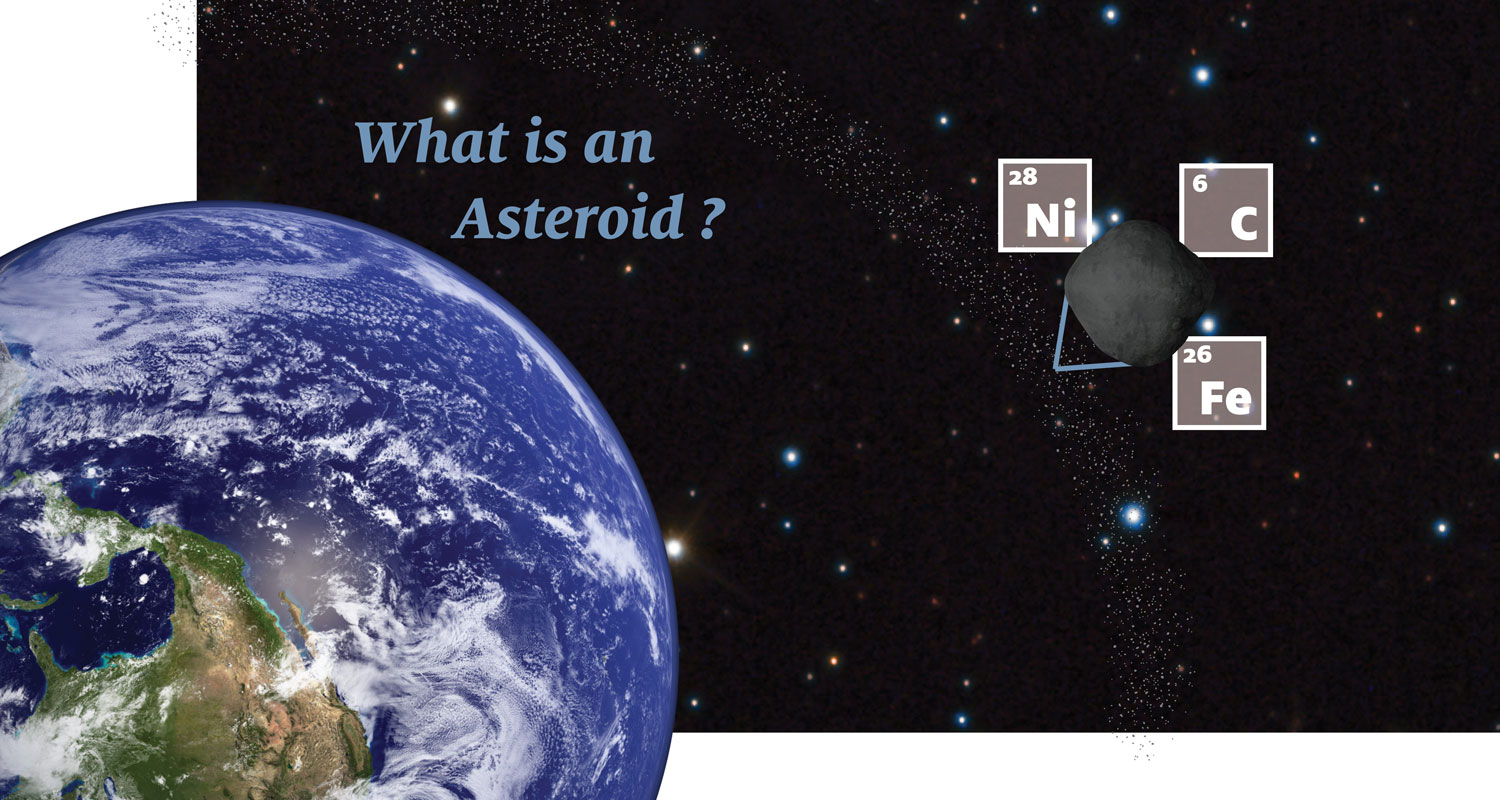
Only a few of the largest asteroids have enough gravity to pull them into spherical shapes. Even Vesta, one of the largest objects in the asteroid belt, isn’t totally spherical.
However, asteroids can be large enough to do serious damage if they impact Earth.
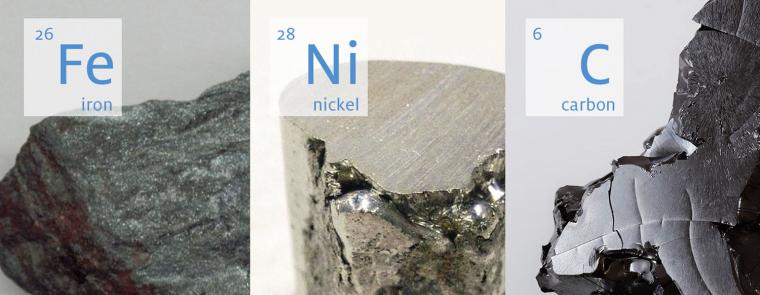
What are Asteroids Made Of?
Scientists use the amount of metal elements to classify an asteroid. One with greater mass and gravity has more iron and nickel in its makeup.
Asteroids farther away from the Sun more commonly contain large quantities of carbon. These are called “C-type asteroids,” and their surfaces appear black. An estimated 40 percent of asteroids closer to the Sun are C-type asteroids.
Bennu, the target asteroid for now underway, is a C-carbon 6, one of the rare carbonaceous asteroids that orbits near to the Sun.
The goal of OSIRIS-REx, led by the University of Arizona, is to send a spacecraft to return a sample from Bennu – which is believed to have been created shortly after the formation of the solar system more than 4.5 billion years ago.
Some asteroids that were molten at some point have since become solid. Others, like Bennu, are piles of rubble. This loose material on an asteroid, termed “regolith,” is held together by the force of the asteroid’s gravity.
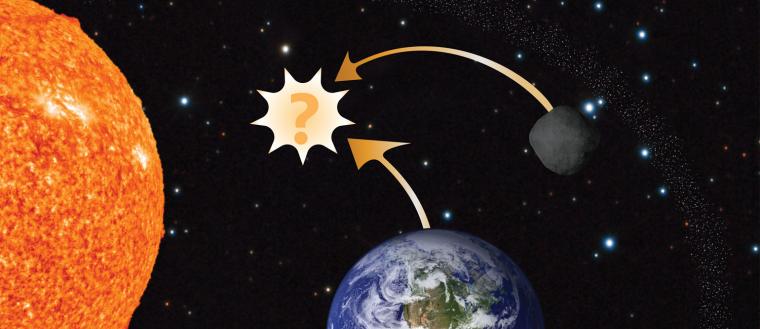
Should We Worry About an Asteroid Collision?
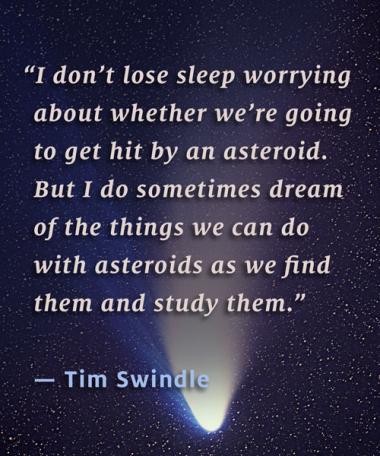
Most asteroids orbit the Sun in the 19.4-million-mile-wide asteroid belt between Jupiter and Mars.
Sometimes, heat radiated from the Sun can pull them out of orbit. They may be thrown out of the asteroid belt entirely, enter the inner Solar System, and orbit near Earth – where they become known as near-Earth objects, or NEOs.
NEOs usually don’t last too long in the inner Solar System. They crash into the Sun, a planet, or are hurled out of the Solar System completely.
While most asteroids in space are not on a trajectory to crash into Earth, some – like Bennu – have a small chance of hitting Earth within just a couple of centuries, posing a significant threat.
On April 19, 2017, astronomers observed closely as a large asteroid named 2014 JO25 flew by Earth, passing at a distance of about 1.1 million miles of the planet. Both Bennu and 2014 JO25 are designated “potentially hazardous.” This designation doesn’t necessarily mean an object is a threat to Earth; scientists use the classification to indicate an object deserves increased attention.
Out of more than 730,000 known asteroids, about 16,000 are NEOs, and there are currently 1,784 potentially hazardous asteroids. This may sound like a lot, but the risks of a large asteroid like 2014 JO25 or Bennu impacting Earth are exceedingly rare, according to the at Cal Tech.
So, astronomers generally don’t worry much about the likelihood of a large asteroid hitting Earth – especially in the context of other natural disasters. Yes, it’s possible, but the odds are against it.
It will be another 500 years before Asteroid 2014 JO25 passes as close to Earth as it did in 2017.
Why Study Asteroids?
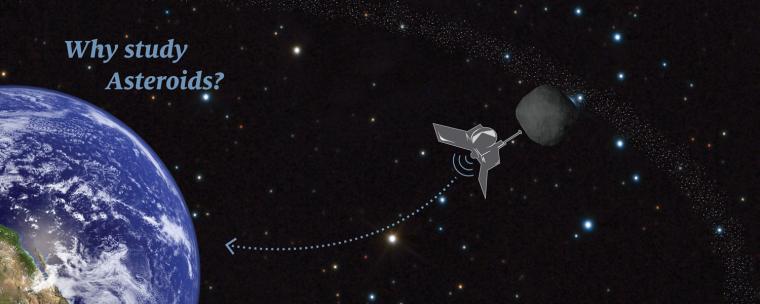
The more we can learn about asteroids – their size, composition, and speed – the better chance we have of figuring out how to redirect them if and when they do appear to be headed for Earth. So, scientists are interested in understanding how asteroids’ orbits evolve.
Another reason to study asteroids is to learn about our own planet; samples of asteroids should yield valuable clues about the chemistry that led to the origin of life on Earth, as asteroids are leftovers from the creation of the planets. And while they’re made up of the same stuff, unlike the planets where the interiors melted and formed cores and crusts, the asteroids have lived pretty quiet, undisturbed lives.
When we’re able to study samples of asteroids, we’ll learn what materials went into the planets, before they got mixed, melted and stirred past recognition on Earth. Some of the most fundamental questions about Earth – like where water came from originally – are still mysteries. Asteroids may hold the answers.
So Who’s Keeping Track?
More than 52 percent of all near-Earth objects, including asteroids, have been discovered by researchers at the University of Arizona. The is an important contributor to the inventory of NEOs (which currently stands at more than 15,000) – or more specifically, the potentially hazardous asteroids (PHAs) that pose an impact risk to Earth and its inhabitants.
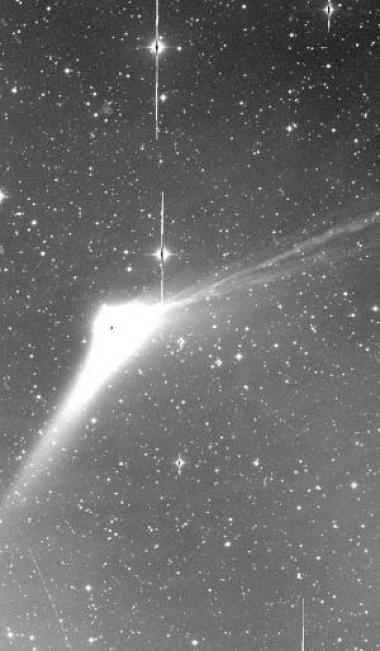
The is a result of a 1998 congressional directive to NASA to conduct a program to identify 1-kilometer or larger asteroids to an estimated 90 percent confidence level or better. Since then, a further mandate (June 2006) has been issued to identify 140-meter or larger bodies to the same confidence level.
The Catalina Sky Survey Telescopes consists of a consortium of three cooperating surveys:
- The original Catalina Sky Survey (CSS) located on Mt. Bigelow in the Catalina Mountains, Arizona
- The Siding Springs Survey (SSS) near Coonabarabran, New South Wales, Australia
- The Mt. Lemmon Survey (MLSS) at the summit of Mount Lemmon, Arizona
These three telescopes share a common mission of obtaining an inventory of better than 90 percent of the 140-meter or larger NEOs. The CSS and MLSS are owned and operated by at the University of Arizona’s main campus in Tucson.
The three surveys operate in such a manner that astronomers can follow up on newly discovered objects within the same night, helping to rapidly determine the orbits – and the specific hazards.

0 Comments
Posting Komentar